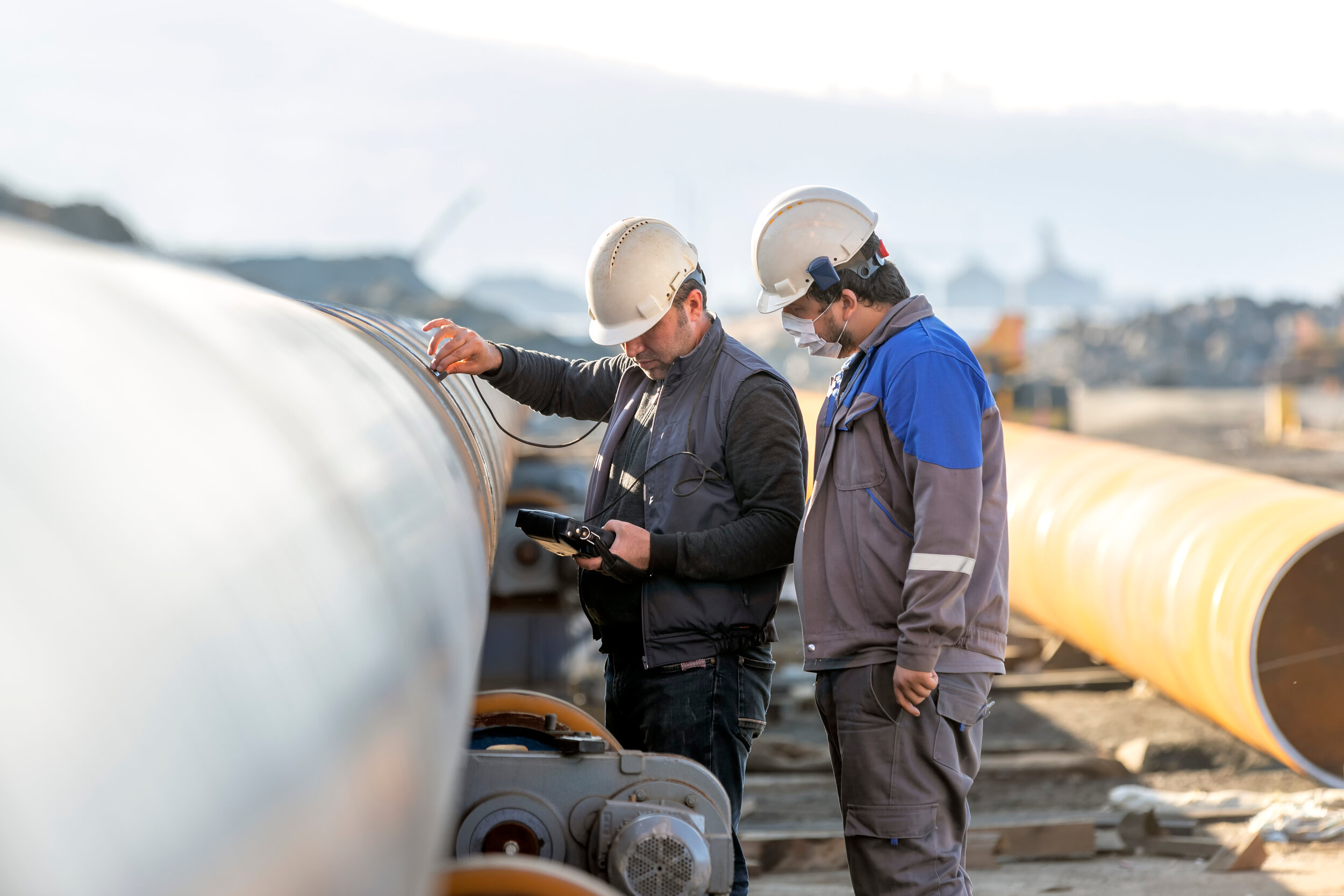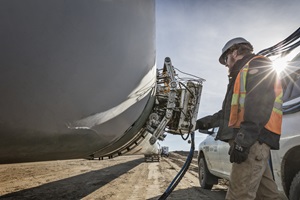Comprehensive Review of Pipe Welding Examination Treatments
In the realm of pipeline building and construction, making certain the integrity and safety and security of bonded joints is paramount. Pipeline welding examination procedures play an important role in assuring that bonded links fulfill rigid market standards and requirements. From thorough pre-welding examinations to detailed post-weld analyses, a distinct examination procedure is necessary for keeping the architectural soundness of pipelines. Understanding the intricacies of welding evaluation procedures is not just a regulatory requirement but additionally an essential aspect of supporting the dependability of these critical infrastructures.
Pre-welding Inspection Preparations
Before starting the welding process, complete pre-welding evaluation prep work are essential to guarantee the integrity and high quality of the weld joint. These preparations involve a meticulous examination of the products to be bonded, the welding tools, and the work setting. By performing thorough pre-welding examination prep work, possible problems can be determined and dealt with early on, leading to reputable and premium weld joints.
Welding Procedure Credentials
Complete pre-welding inspection preparations lay the foundation for the critical procedure of Welding Procedure Qualification, guaranteeing the integrity and quality of the weld joint. Welding Procedure Certification (WPQ) is a vital action in the welding process that involves screening and accrediting welding procedures to guarantee they meet certain requirements and requirements. The WPQ process normally consists of welding treatment requirements growth, welding treatment qualification testing, and documentation of the outcomes.
During welding procedure spec advancement, vital information such as the welding process, welding materials, joint layout, and welding parameters are specified to develop an extensive treatment. Subsequently, welding procedure certification testing is performed to confirm the suggested treatment's integrity. This testing frequently includes welding test promo codes that are subjected to numerous mechanical and non-destructive examinations to evaluate the weld's high quality and adherence to the specified criteria.
In-process Weld Evaluation
Throughout the welding procedure, in-process weld inspection plays a vital role in ensuring the quality and stability of the weld joint - Pipeline Welding Inspection. This type of assessment entails keeping track of the welding criteria, examining the weld bead development, and detecting any type of possible defects or discontinuities as they happen. By carrying out in-process weld assessments, welding drivers can without delay attend to any kind of concerns that may develop, thus protecting against additional problems and making sure that the final weld satisfies the needed requirements
Usual approaches made use of dig this for in-process weld assessment include aesthetic evaluation, fluid penetrant testing, magnetic fragment testing, ultrasonic screening, and radiographic screening. In general, in-process weld examination is vital for maintaining the high quality and integrity of bonded pipelines.
Non-destructive Screening (NDT)
Non-destructive Testing (NDT) is a vital method used in pipeline welding evaluation to analyze the stability of weld joints without creating damage to the bonded framework. By utilizing different NDT methods, assessors can assess the quality of welds and identify any issues or discontinuities that might compromise the architectural soundness of the pipeline. Common NDT techniques made use of in pipeline welding examination include Radiographic Screening (RT), Ultrasonic Screening (UT), Magnetic Bit Examining (MPT), Liquid Penetrant Testing (LPT), and Visual Testing (VT)
RT entails the usage of X-rays or gamma rays to generate photos of the internal structure of the weld, enabling assessors to find defects such as porosity, splits, or insufficient blend. Furthermore, VT entails aesthetic examination of welds to identify any kind of noticeable blemishes.
Post-weld Examination and Documents

Documentation of post-weld evaluation findings is essential for maintaining quality assurance records and guaranteeing compliance with market standards and regulations. Comprehensive reports need to include info regarding the inspection approaches used, the area and nature of any kind of flaws found, and any kind of corrective activities taken - Pipeline Welding Inspection. Appropriate documents not only acts as a record of the weld's top quality however likewise aids in future maintenance and examination processes
Verdict

In final thought, pipeline welding inspection procedures play a vital duty in making certain the Read Full Report quality and integrity of welds. Overall, adherence to correct evaluation protocols is essential to the success of pipe welding jobs.
From meticulous pre-welding evaluations to extensive post-weld assessments, a distinct examination process is crucial for maintaining the structural stability of pipes. By performing in-process weld inspections, welding operators can immediately address any type of issues that might emerge, thus ensuring and protecting against further problems that the last weld meets the called for specifications.
Usual approaches utilized for in-process weld assessment include aesthetic examination, liquid penetrant testing, magnetic particle testing, ultrasonic testing, and radiographic testing.Non-destructive Screening (NDT) is an essential approach utilized in pipe welding evaluation to assess the honesty of weld joints without triggering damages to the bonded framework. Post-weld inspection includes different approaches to evaluate the welds for issues, including aesthetic assessment, dye penetrant testing, magnetic fragment screening, ultrasonic testing, and radiographic screening.